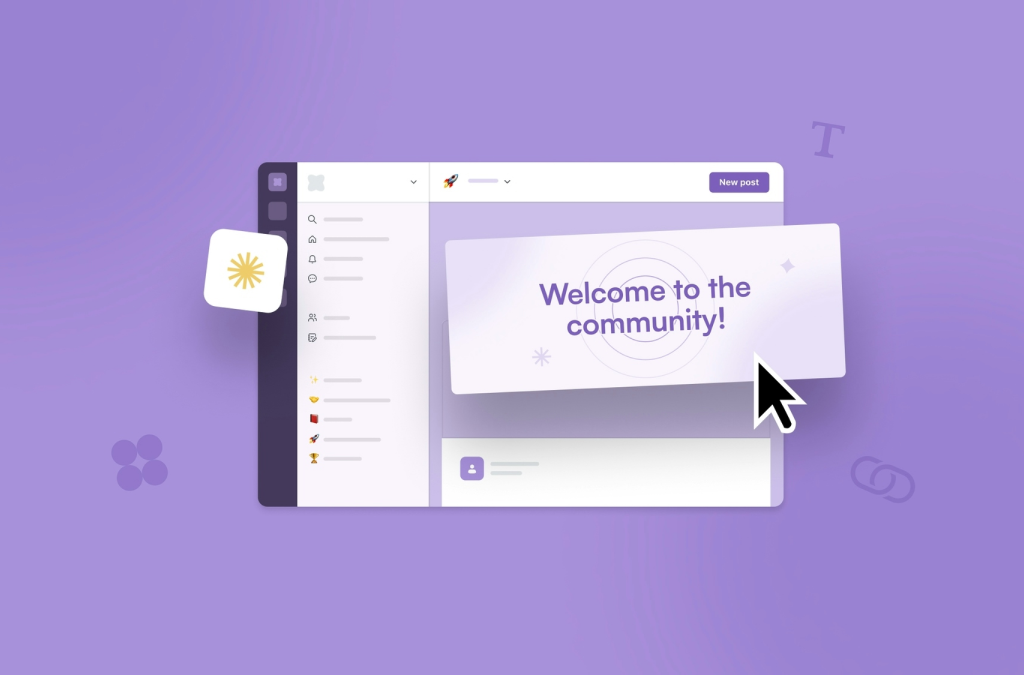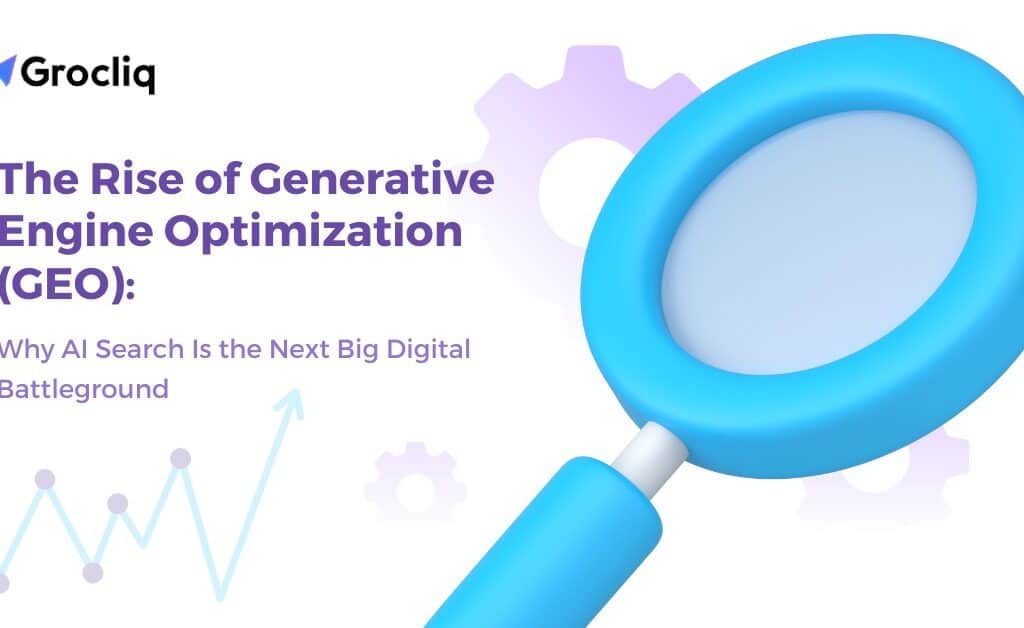In the fast-paced world of AI, GPT Builders have emerged as powerful tools for creating tailored chatbots and AI models that cater to specific business needs. Whether you’re a business owner or a tech enthusiast, leveraging a GPT Builder can significantly enhance user interactions, automate processes, and improve overall operational efficiency. This guide will provide an in-depth look at what a GPT Builder is, how it works, and why it’s an essential asset for businesses aiming to stay ahead in the competitive digital landscape.
What is a GPT Builder?
A GPT Builder is a user-friendly platform designed to help individuals and businesses create customized versions of Generative Pre-trained Transformer (GPT) models. Unlike traditional chatbots or rigid AI solutions, GPT Builders enable users to fine-tune the model’s responses, integrate specialized knowledge, and adjust its behaviour to align with unique goals. This customization allows businesses to develop AI that resonates with their brand’s tone and efficiently addresses their customers’ needs, making AI development more accessible and impactful.
Core Components and Functionalities of a GPT Builder
GPT Builders come equipped with various components that simplify AI creation and customization:
- User-Friendly Interface: A drag-and-drop system combined with intuitive configuration tools allows even non-coders to build and customize their models with ease. These interfaces often include real-time previews and interactive settings for smoother development.
- Customization and Fine-Tuning: Users can adjust parameters and fine-tune their GPT models to match the required tone, style, and knowledge base. This ensures that the model’s responses are not only accurate but also contextually relevant.
- Natural Language Processing (NLP) Capabilities: The underlying NLP technology enables the GPT to understand complex queries, respond in a human-like manner, and handle contextual shifts during conversations.
- Integration Tools: To maximize utility, GPT Builders typically offer APIs, SDKs, and plugins for seamless deployment across various platforms, including websites, mobile apps, and CRM systems.
- Security and Compliance: Advanced features such as data encryption, user access controls, and compliance with regulations help safeguard data and maintain user trust.
Step-by-Step Guide to Creating a Custom GPT
Building your custom GPT with a GPT Builder involves several key steps:
Step 1: Setting Up Your Development Environment
Begin by logging into the chosen GPT Builder platform, such as OpenAI’s GPT environment. Navigate to the section labelled “Explore GPTs” or “Create a GPT” to start building your model. Ensure that you have a clear understanding of the task your GPT will perform and the audience it will serve. This foundational step will guide subsequent decisions and configurations.
Step 2: Preparing Your Training Data
Collect high-quality, relevant data that represents the scenarios your GPT will encounter. For example, if your GPT will be used for customer support, gather data from past customer service interactions, FAQs, and user feedback. Clean and format the data to remove redundancies, inconsistencies, and irrelevant information. Preparing a well-organized dataset will directly influence the accuracy and quality of your GPT’s responses.
Step 3: Initial Training and Customization
Once your data is ready, initiate the training phase by inputting specific examples and instructions into the GPT Builder. This step sets the foundational behaviour of your GPT and informs how it responds to different types of queries. Provide sample prompts and desired responses to guide the training process, ensuring your model behaves in a way that aligns with your brand’s values and style.
Step 4: Fine-Tuning for Specific Business Needs
Fine-tuning is essential for optimizing your GPT to handle niche topics or industry-specific jargon. This phase uses targeted datasets that focus on specialized content, helping the model adapt to domain-specific tasks. For example, a legal firm might train its GPT on legal documents and case studies, ensuring that it can accurately address client queries related to law.
Step 5: Testing and Refining
Testing your GPT is crucial for spotting any inaccuracies or inconsistencies in its responses. Use built-in testing tools to simulate real-world interactions, and analyze metrics such as response accuracy, response time, and user feedback. Engage beta testers for additional insights and refine the model accordingly to improve its overall performance and reliability.
Step 6: Deployment
When you’re satisfied with the GPT’s performance, deploy it using the GPT Builder’s integration tools. Choose the channels through which your GPT will be accessed, such as your website, mobile app, or internal systems. Implement necessary monitoring mechanisms to track user interactions, gather data for continuous improvement, and maintain optimal performance over time.
Key Benefits of Using a GPT Builder
Adopting a GPT Builder can transform how your business operates and engages with its audience:
- Unmatched Personalization: Tailor your GPT’s responses to match your brand’s voice and customer expectations. Personalization enhances user engagement and fosters loyalty.
- Content Creation at Scale: Use your GPT Builder to produce large volumes of high-quality content, such as blog posts, social media captions, and product descriptions. This automated process saves time and reduces the workload for your marketing team.
- Cost and Time Efficiency: Automating routine tasks with a GPT can reduce the need for a large support team and minimize outsourcing expenses, ultimately boosting ROI.
- Data-Driven Insights: Utilize the GPT to analyze vast amounts of customer data, identify trends, and adjust marketing strategies based on these insights.
- Advanced Customer Support: Deploy your GPT to handle customer inquiries, troubleshoot issues, and provide real-time assistance, leading to quicker response times and improved customer satisfaction.
Best Practices for Effective GPT Building
To maximize the potential of your GPT Builder, follow these best practices:
- Define Clear Objectives: Set precise goals for what your GPT should achieve, whether it’s answering FAQs, generating leads, or enhancing user engagement.
- Incorporate Relevant and Varied Data: Ensure your training data includes a diverse set of examples that align with your GPT’s purpose.
- Maintain a Human Touch: While automation is powerful, reviewing and refining the output of your GPT helps maintain quality and authenticity.
- Iterate Continuously: Regularly update the training data and fine-tune the model based on user feedback and performance metrics.
- Adhere to Ethical Standards: Use transparent data sources, respect user privacy, and avoid introducing biases into your model.
Challenges and How to Overcome Them
Building a custom GPT can come with challenges, such as:
- Data Privacy Concerns: To avoid data breaches, employ data encryption, secure storage, and stringent access control measures.
- Technical Hurdles: Complex projects may require more technical expertise or enhanced resources. To counter these, leverage built-in tools within your GPT Builder and seek guidance from online communities or experts.
- Performance Issues: Ensure that your GPT handles a variety of user interactions seamlessly by regularly testing and updating it.
- Ethical Considerations: Address potential biases in training data by using diverse data sources and monitoring responses for fairness and accuracy.
Future of GPT Builders and AI Development
The future of GPT Builders holds exciting possibilities:
- Specialized Industry Applications: Expect more tailored GPTs optimized for specific fields, such as healthcare, legal, and finance.
- Collaboration Between Multiple GPTs: Envision GPTs working together to execute more complex tasks in coordination.
- Decentralized AI Architecture: Anticipate a shift towards distributed AI solutions that integrate across various platforms and ecosystems, enabling more robust business applications.
Conclusion
The power of GPT Builders lies in their ability to transform user experiences and optimize business operations. By offering customization, scalability, and automation, GPT Builders are redefining how businesses use AI. Embracing this technology can put your business ahead, making your processes more efficient and your interactions more personalized. Start exploring GPT Builders today and unlock the full potential of AI in your organization.
Note: Read Our Latest Blogs on Marketing, AI, and SEO:
AI generator text | How to go live on TikTok | Reword.co Alternatives | TikTok search | How old is Google? | SEMrush vs SpyFu | Google alternatives | AnswerThePublic alternative | Sudowrite | SEMrush pricing | How many subscribers does MrBeast have? | When was Instagram created? | Subject matter expert | AI email writer | Ahrefs pricing | Ahref vs Moz | How many people use Google? | SE Ranking | SEO consulting | SEO consultant near me | SEMrush vs Moz | How to use LinkedIn | SEO for dentists | Simplified alternatives | SEO software for agencies | Are AI detectors accurate? | SEO tracking | Trademark symbol | ChatGPT plugins | GPT builder | Auto inventory ads keyword | BigCommerce pricing | Etsy SEO | How do AI detectors work? | Affordable SEO | Meta employee count | SEO automation software | SEMrush alternative | How many pictures can you post on Instagram? | SEO for plumbers
Frequently Asked Questions
Q1. What is a GPT Builder?
A1. A tool that allows users to create custom AI models tailored to specific tasks.
Q2. Do I need coding skills to use a GPT Builder?
A2. No, most platforms are designed to be user-friendly and accessible for non-technical users.
Q3. How can I optimize a GPT for performance?
A3. Use diverse and high-quality training data, test frequently, and refine based on feedback.
Q4. What are some common industries using GPT Builders?
A4. E-commerce, customer service, healthcare, and education.
Q5. Can GPTs handle complex questions?
A5. Yes, with proper training and fine-tuning, GPTs can manage complex queries.
Q6. Is data privacy a concern with GPT Builders?
A6. Yes, ensure the platform you use has robust security measures and complies with data regulations.
Q7. How often should a GPT be updated?
A7. Regular updates are recommended to keep the model relevant and efficient.
Q8. What makes content about GPT Builders rank well on Google?
A8. High-quality, structured content with strategic keyword placement, user-focused writing, and authoritative links.





